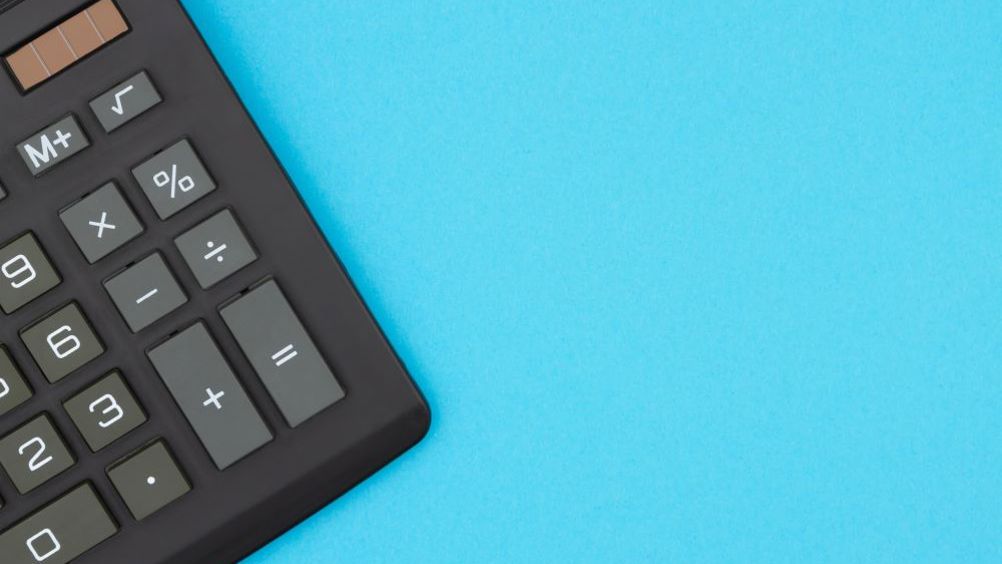Calculations in excipient exposure during drug treatment

Phenobarbital is a barbiturate medication, which assists in controlling most types of childhood seizures by potentiating inhibitory neurotransmission in the brain to reduce seizure propagation. It has been available for many years as an effective treatment but its use is limited by a large number of drug interactions and the development of adverse effects (López-Muñoz, 2005).
For treating epilepsy of all forms, except typical absences, the recommended oral dose for children under 11 years old is initially 1-1.5mg/kg twice daily (Joint Formularies Committee, 2019). The licensed product available in the UK is a 15mg/5mL oral solution. What range of volumes could be administered to a 5kg child to provide doses in the appropriate starting range?
As a schedule three controlled drug phenobarbital prescriptions legally require a statement in words and figures to specify unambiguously the quantity to be supplied (Pharmaceutical Services Negotiating Committee n.d.) and are only valid for a maximum of 28 days.
Register now to continue reading
Thank you for visiting Journal of Prescribing Practice and reading some of our peer-reviewed resources for prescribing professionals. To read more, please register today. You’ll enjoy the following great benefits:
What's included
-
Limited access to our clinical or professional articles
-
New content and clinical newsletter updates each month

